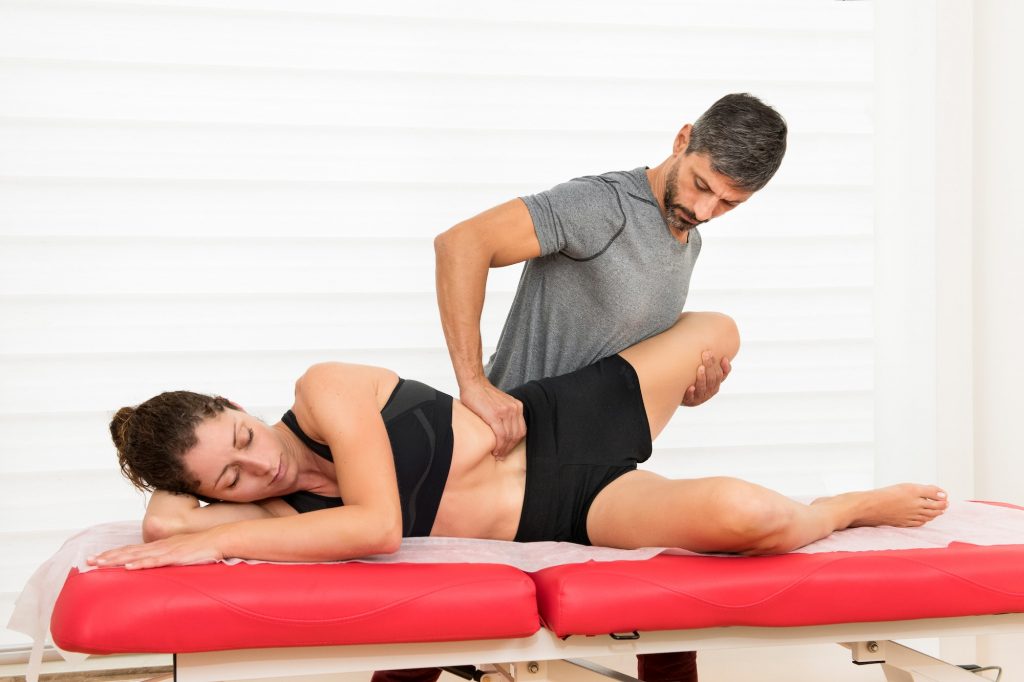In the age of modern technology and desk-bound jobs, sitting has become the new smoking. It’s a phenomenon known as “glidewalking” – the act of being sedentary for prolonged periods, hunched over our desks, phones, or computers. While sitting might seem harmless, it comes with a host of unhealthy consequences, both physically and mentally.
As we settle into our chairs and hunch over our screens, our bodies undergo a subtle but profound transformation. The muscles responsible for maintaining a strong and balanced posture begin to deactivate or go offline. This deactivation creates a cascading effect, as other muscles are forced to compensate and provide the stability we need.
Specifically, when we sit in a rounded, hunched-over posture, the muscles in our lower back – the erectors and multifidus muscles, as well as the gluteal muscles – begin to lose their tone and responsiveness. These muscles, which play a crucial role in supporting our spine, simply stop firing as much. In their absence, other muscles have to pick up the slack, leading to imbalances and potential issues down the road.
On the front side of our bodies, the psoas and iliacus muscles, responsible for flexing the hips, tend to shorten and become overactive. These muscles are typically called into action when we need extra stability between our trunk and legs, such as when we lift, push, pull, or reach for something. When they become chronically tight due to the added workload from the inactive back and gluteal muscles, it can lead to lower back and sacroiliac pain.

So, what can we do to counteract the harmful consequences of sitting for extended periods?
The first step is to pay attention to your posture when you sit. Sit up straight, with your back in a slight arch, shoulders back and down. The same applies to standing – maintain good posture to alleviate the stress on your muscles.
Another effective remedy is “glidewalking,” a term coined by posture instructor Esther Gokhale. Glidewalking is a walking technique designed to reactivate your gluteal muscles and restore balance to your posture. As you walk, consciously extend your back leg backward, allowing your gluteal muscles to engage. This small adjustment can make a significant difference in waking up the postural center of your body.
Esther Gokhale’s book, “8 Steps to a Pain-Free Back,” is an excellent resource for learning more about proper posture and glidewalking. Her book is filled with beautiful illustrations and valuable insights into maintaining a pain-free back.
For a deeper dive into back care, consider reading “Back Mechanic” by renowned back specialist Stuart McGill. This comprehensive guide delves into the intricacies of back health and offers practical solutions for maintaining a strong and pain-free back.
In conclusion, the unhealthy consequences of sitting for prolonged periods are becoming increasingly evident. However, by making simple changes to our posture and incorporating techniques like glidewalking, we can counteract the negative effects and pave the way for a healthier, more pain-free life. If you’re interested in further reading on back care, feel free to reach out, and we’ll be happy to share our extensive library of work. It’s time to break free from the sedentary cycle and prioritize your well-being.








